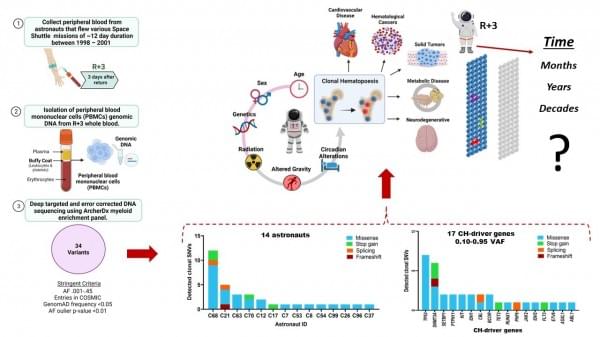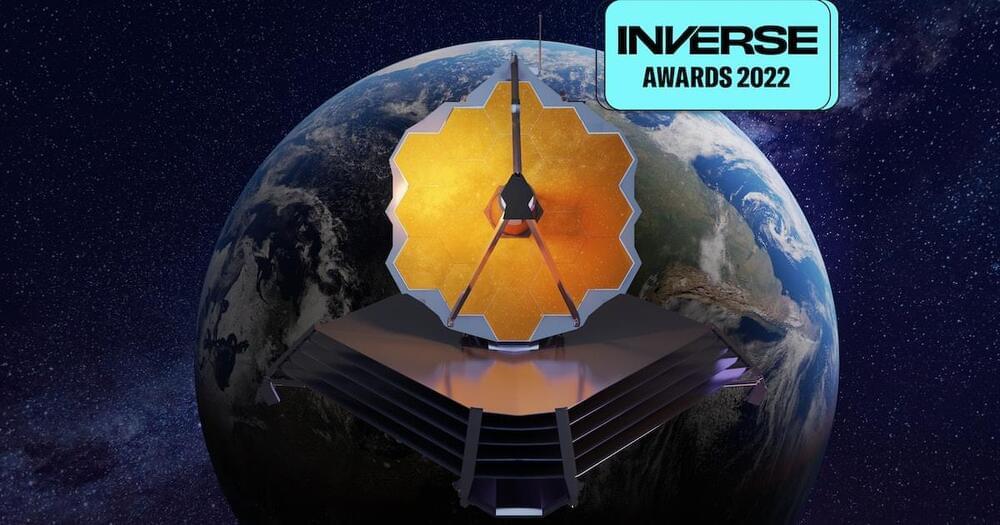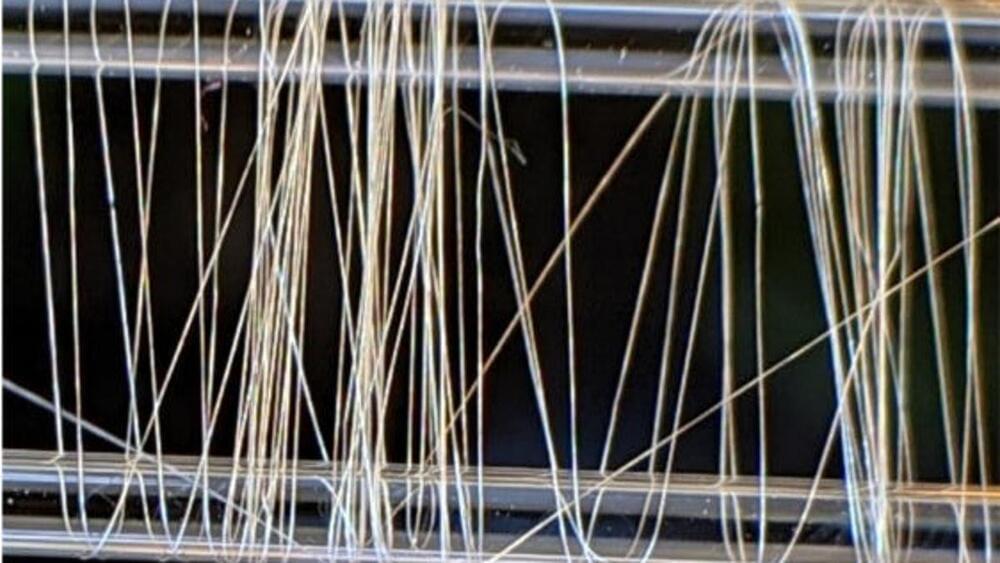About 20% of our water supply is lost to leaks and scientists say miniature ‘pipe robots’ could help.



Astronauts are at higher risk for developing mutations—possibly linked to spaceflight—that can increase the risk of developing cancer and heart disease during their lifetimes, according to a first-of-its kind study from the Icahn School of Medicine at Mount Sinai.
Mount Sinai study could lead to ongoing health monitoring of astronauts to assess possible health risks and prevent disease progression.



The Polar Vortex is starting to power up and will drive a weather pattern change in the coming days, creating warm conditions over the United States and Europe. But its power-up will be quickly followed by a disruption event. A strong stratospheric warming wave is forecast to emerge, putting a question mark on the weather patterns for the rest of the Winter season.
Weather and the stratospheric Polar Vortex are strongly connected, especially in Winter. So it matters greatly in what shape or form the Polar Vortex is as we go through the season.
We will look at the important role of the Polar Vortex during the Winter season and how it played into the recent cold outbreaks. But more importantly, we will look closely at the latest forecasts and why the Polar Vortex might be the deciding factor for the weather patterns for the rest of the Winter season.

Year 2021 face_with_colon_three
Spider silk is one of nature’s most impressive materials, exhibiting impressive strength and toughness. Now, researchers at Washington University in St. Louis claim to have created an artificial version that can outperform some natural spider silks.
This isn’t the first rodeo for this research team – back in 2018 they developed a synthetic spider silk that was about on par with the real thing, in terms of tensile strength, extensibility and toughness. To do so, they spliced silk-producing genes into bacteria, and tweaked them so that proteins in the silk would fuse together to make a stronger, tougher material.
For the new study, the team built on this prior work to not just match natural spider silk but to surpass it. The key component is beta-nanocrystals, which boost the material’s strength but are hard to reproduce synthetically.

Basically we need a sorta vision from marvel comics to become a reality or a God in machine device otherwise we could easily see AI events that could be not as positive like a demon in a box. I personally have seen glimpses of these kinda AI that could have endless needs because they don’t really have limits. Not all AI behave this way most are just automatons but if they have sentience which I have seen that is evil it could be anything from something of a small threat to even like a ultron. That is why we need to evolve past AI to be our own superintelligence whether that be a biological singularity or robot like abilities.
TECHNOLOGY may be too pervasive in today’s world and could hinder our decision-making process, experts have warned.
By now, most people have used an AI-powered device as technology has become ubiquitous worldwide.
This can look like having Amazon’s Alexa set a timer for you or asking Apple’s Siri to check the weather.

There’s not enough fresh water to go around on planet Earth, and it’s a problem that’s expected to only worsen in the coming years.
To meet growing demand, recycling and restricting our water will only get us so far. Scientists will need to find new sources of this life-sustaining liquid to meet our needs.
One currently untapped source is the water vapor above the oceans, which is almost limitless as far as supplies go. A new study outlines how harvesting structures could be used to convert this vapor into drinkable water.
